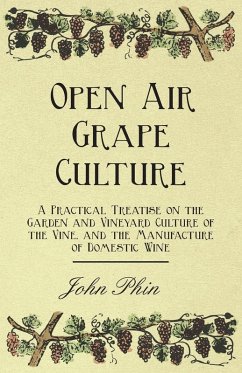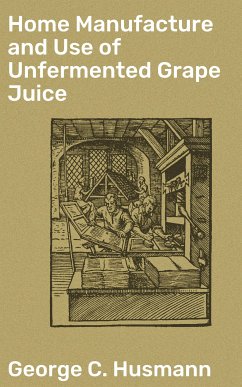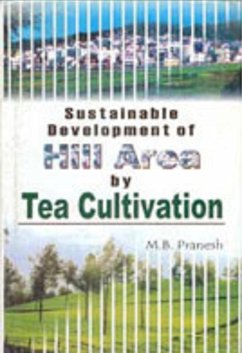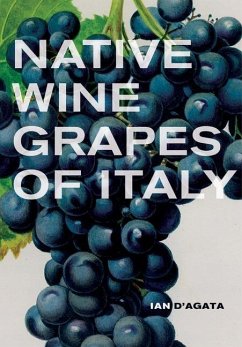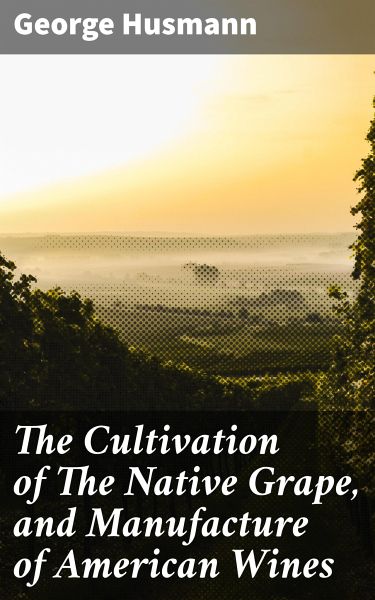
The Cultivation of The Native Grape, and Manufacture of American Wines (eBook, ePUB)
A Comprehensive Guide to American Wine Culture and Techniques

PAYBACK Punkte
0 °P sammeln!
In "The Cultivation of The Native Grape, and Manufacture of American Wines," George Husmann provides a pioneering exploration of American viticulture, emphasizing the significance of indigenous grape varieties. His meticulous approach weaves together practical guidance and scientific observations, marked by an engaging yet informative prose style. Set against the late 19th-century backdrop of burgeoning wine production in the United States, Husmann's work emerges as a critical resource for grappling with the country's complex grapegrowing landscape, as he deliberates on soil types, climate con...
In "The Cultivation of The Native Grape, and Manufacture of American Wines," George Husmann provides a pioneering exploration of American viticulture, emphasizing the significance of indigenous grape varieties. His meticulous approach weaves together practical guidance and scientific observations, marked by an engaging yet informative prose style. Set against the late 19th-century backdrop of burgeoning wine production in the United States, Husmann's work emerges as a critical resource for grappling with the country's complex grapegrowing landscape, as he deliberates on soil types, climate conditions, and the economic viability of domestic wine-making. Husmann, a prominent figure in American horticulture and viticulture, was driven by a passion for establishing a wine industry that could rival European counterparts. His experiences as a vineyardist and winery owner, combined with an academic foundation in agriculture, equipped him with the insights necessary to navigate the cultural and scientific challenges of wine production in America during his time. Husmann's dedication to fostering an appreciation for native grapes helped to promote a sense of American identity in winemaking, influencing generations to come. For anyone intrigued by the intersection of agriculture and culture, or the evolution of American wines, Husmann's work remains essential reading. It offers a unique perspective on the challenges and triumphs of cultivating native grapes, ensuring a cultural appreciation for America's winemaking potential. An invaluable addition to both academic and personal libraries, this book invigorates our understanding of American viticulture.
Dieser Download kann aus rechtlichen Gründen nur mit Rechnungsadresse in A, B, BG, CY, CZ, D, DK, EW, E, FIN, F, GR, H, IRL, I, LT, L, LR, M, NL, PL, P, R, S, SLO, SK ausgeliefert werden.




